Disclosure: This article contains affiliate links. We may earn a commission from purchases at no extra cost to you, which helps our travel content.
Standing in the shadow of Tallinn's medieval charm, Estonia's second-largest city often escapes the international traveler's radar. Yet Tartu—with its perfect blend of intellectual vigor, technological innovation, and unhurried Baltic pace—offers a refreshingly authentic glimpse into Estonia's cultural soul. Having spent countless hours navigating tech hubs across Europe, I found myself unexpectedly captivated by this university town where centuries-old academic traditions seamlessly integrate with Estonia's digital revolution. Let me guide you through a weekend of urban exploration in what might be the Baltic's most underrated smart city.
The University Quarter: Estonia's Academic Epicenter
Tartu University, founded in 1632, stands as the intellectual cornerstone of Estonian society. Yet unlike many European university towns that feel like living museums, Tartu's academic quarter pulses with contemporary energy. The neoclassical main building provides an architectural anchor, but it's the surrounding ecosystem that reveals Tartu's unique character.
Wandering through the campus on a summer morning, I observed students coding in outdoor cafés and professors discussing research on benches beneath centuries-old trees. The university library—a modernist structure that would feel at home in Helsinki or Berlin—houses not just books but innovation labs where students develop solutions for Estonia's e-governance initiatives.
For the tech-minded explorer, the university's Delta Centre represents Estonia's commitment to digital education. This sleek complex houses computer science, robotics, and entrepreneurship programs in an environment that would impress even Silicon Valley veterans. I spent an afternoon working from their public innovation space, where my portable keyboard allowed me to transform a comfortable lounge chair into an impromptu workstation while observing the cross-pollination of ideas between students and local startups.

💡 Pro Tips
- Visit during weekdays when classes are in session to experience the academic energy
- The university's botanical garden offers free WiFi and serene working spots
- Check the Delta Centre's public events calendar for tech talks and demonstrations
Supilinn: The 'Soup District' of Creative Counterculture
Northeast of the city center lies Supilinn ('Soup Town'), a district named for its streets bearing names of soup ingredients like Kartuli (Potato) and Herne (Pea). What might initially appear as a collection of weathered wooden houses reveals itself as Tartu's creative incubator—a neighborhood where Estonia's artistic counterculture thrives alongside tech entrepreneurs seeking refuge from corporate aesthetics.
During my exploration, I stumbled upon MobileSpace, a former industrial building converted into artist studios and co-working spaces. The contrast between the raw, unfinished interior and the sophisticated digital projects being developed inside perfectly encapsulates Tartu's unique character. Here, developers code next to printmakers, creating an ecosystem where digital and analog craftsmanship coexist.
Supilinn's cafés deserve special mention. Möku, hidden in a converted residence on Kartuli Street, serves exceptional coffee in mismatched vintage cups while doubling as an informal meeting space for the city's creative class. I spent a productive morning there, powering my devices with my compact power strip, which proved invaluable for turning a single outlet into a charging station for all my tech.
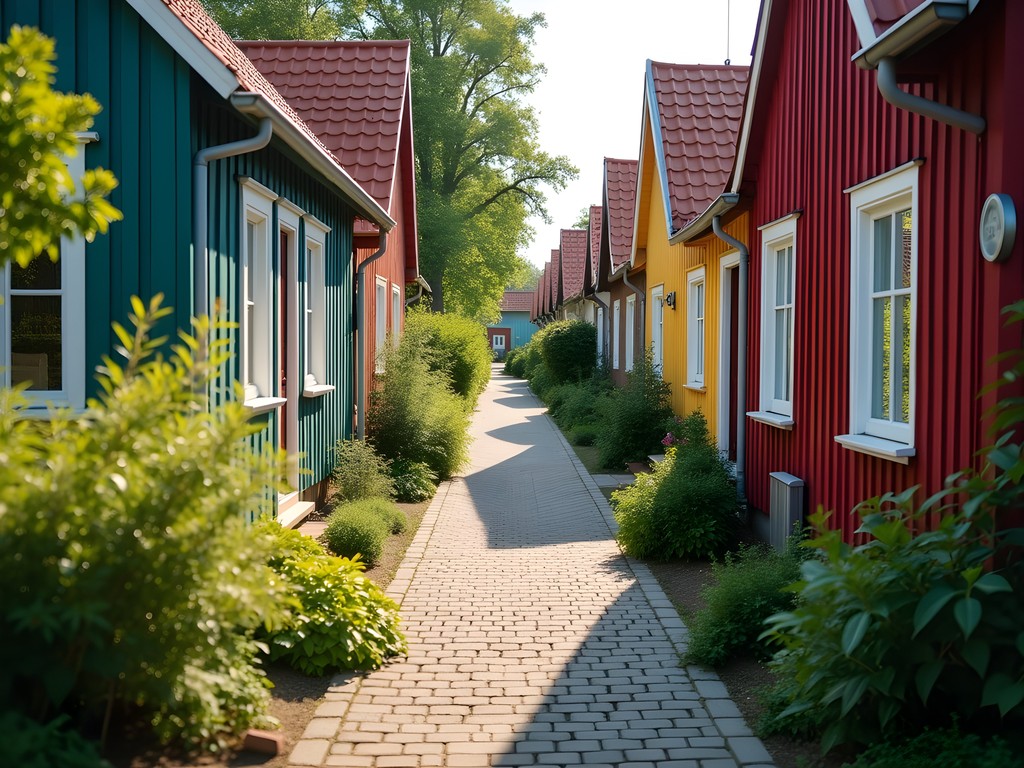
💡 Pro Tips
- Visit Aparaaditehas (The Widget Factory) for local designer shops and food stalls
- Möku café doesn't advertise Wi-Fi, but ask for the password if you need to connect
- Explore on foot—the district's charm lies in unexpected discoveries around corners
Smart City Initiatives: Estonia's Digital Society in Action
While Tallinn may host Estonia's governmental tech infrastructure, Tartu serves as the experimental laboratory where new smart city concepts come to life. The SmartEnCity project has transformed the Soviet-era apartment blocks of the Annelinn district into energy-efficient smart homes—a remarkable example of retrofitting aging infrastructure rather than replacing it.
I arranged a meeting with one of the project coordinators through the city's remarkably responsive e-services portal. Touring these buildings revealed how residents use smartphone apps to monitor and control their energy consumption in real-time. The buildings themselves generate data that helps the city optimize everything from heating systems to public transportation routes.
For the visiting tech enthusiast, Tartu's public transportation system offers a glimpse into Estonia's digital efficiency. The entire network is trackable via the Tartu Smart Bike Share app, which integrates buses and the city's bike-sharing program. I navigated the city exclusively using shared bikes and public transport, tracking my journeys with my fitness tracker, which proved surprisingly accurate even in Tartu's compact urban environment.
What impressed me most was how these technological solutions were implemented with an eye toward social cohesion rather than surveillance—a refreshing departure from some Asian smart city models I've studied.

💡 Pro Tips
- Download the Tartu Smart Bike Share app before arriving to access both bikes and bus schedules
- Visit the Smart City Exhibition at the Town Hall (free entry with student ID)
- The city offers free public WiFi throughout the center with exceptional coverage and speed
Student Haunts: Budget-Friendly Urban Exploration
Tartu's 17,000 students (in a city of just 100,000) shape its cultural landscape in ways that benefit the budget-conscious urban explorer. The city's rhythm follows the academic calendar, with summer offering a more relaxed atmosphere as locals reclaim spaces typically dominated by university life.
Gentrification hasn't fully taken hold here, meaning authentic experiences remain accessible. Püssirohukelder (Gunpowder Cellar), reportedly Europe's highest-ceilinged pub, serves hearty Estonian fare and local craft beers at prices that would be impossible in Western European university towns. Built inside a former gunpowder cellar from the 18th century, the vaulted space hosts everything from traditional folk music to tech meetups, depending on the evening.
For late-night exploration, Genialistide Klubi in the Karlova district represents Tartu's alternative scene. Housed in a former factory, this multifunctional space transitions from café to concert venue to nightclub as the evening progresses. I found myself in an impromptu discussion about Estonia's digital nomad visa program with local developers while enjoying the club's signature cocktails.
To capture these atmospheric spaces in low light, my smartphone tripod proved essential for documenting Tartu's nightlife without flash—allowing me to preserve the authentic ambiance while creating stable long-exposure shots.

💡 Pro Tips
- Student cafeterias at university buildings offer excellent value lunches—and visitors can use them too
- Look for 'Tudengisõbralik' (Student Friendly) stickers in restaurant windows for budget options
- Many museums offer free entry during the last hour before closing
Street Art and Urban Renewal: Tartu's Visual Dialogue
While Estonia's digital identity dominates international headlines, Tartu's physical spaces tell equally compelling stories through street art and urban interventions. The annual Stencibility street art festival has transformed mundane surfaces into conversation pieces, creating an open-air gallery that evolves with each passing year.
I spent a morning photographing these works, guided by a downloadable map from the festival's website. What struck me was how the art engages with Estonia's complex history—Soviet occupation, independence, and digital transformation—while remaining accessible rather than didactic. Near the train station, a massive mural depicts traditional Estonian patterns reimagined through digital pixelation, a perfect visual metaphor for the country's journey.
The Aparaaditehas (Widget Factory) cultural hub exemplifies Tartu's approach to urban renewal. This Soviet-era factory complex now houses studios, shops, restaurants, and event spaces without sacrificing its industrial character. Unlike similar projects I've seen in Berlin or Budapest, Aparaaditehas maintains accessibility for locals rather than catering exclusively to tourists or digital nomads.
Exploring these spaces in summer meant navigating occasionally intense Baltic sun. My packable sun hat proved essential for extended outdoor exploration, offering protection while being compact enough to stow away when entering indoor spaces.
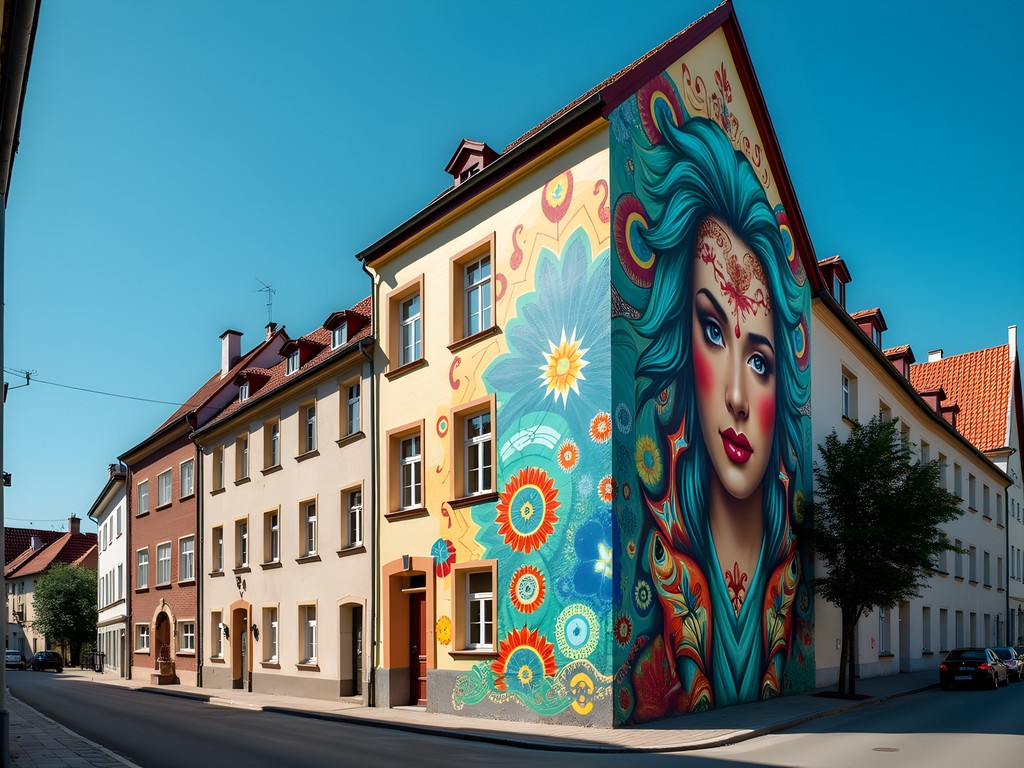
💡 Pro Tips
- Download the Stencibility festival map for a self-guided street art tour
- Visit Aparaaditehas on Fridays when most studios have open doors
- Check the schedule for MAAS (Tartu Urban Art Centre) for workshops and exhibitions
Final Thoughts
Tartu defies easy categorization—it's neither a typical European university town nor an anonymous smart city experiment. Instead, it exists at the fascinating intersection where Estonia's intellectual traditions meet its digital ambitions, all within a human-scaled urban environment that remains refreshingly authentic.
What makes Tartu particularly appealing for the budget-conscious explorer is how it delivers high-value experiences without high-end prices. The technological infrastructure rivals any Western European city, while the cost of experiencing it remains firmly Eastern European. For students of urban development, digital society, or simply those seeking an alternative to the Baltic region's more trafficked destinations, Tartu offers rich rewards.
As Estonia continues to position itself as Europe's digital pioneer, Tartu serves as both laboratory and showcase—a place where ideas incubate before scaling nationally. For visitors willing to look beyond Tallinn's medieval spires, this university city provides a more intimate window into Estonia's unique blend of historical awareness and future orientation. In Tartu, the smart city concept isn't just about sensors and data—it's about creating thoughtful urban spaces where technology enhances rather than replaces human connection.
✨ Key Takeaways
- Tartu offers an authentic glimpse into Estonia's digital society without the tourism markup of Tallinn
- The university ecosystem creates a unique environment where historical traditions and cutting-edge innovation coexist
- Summer provides the ideal balance of student-city atmosphere with more relaxed local rhythms
- Budget travelers can access high-quality experiences through student-oriented venues and public infrastructure
📋 Practical Information
Best Time to Visit
Late spring to early autumn (May-September), with June-August offering the best weather and outdoor activities
Budget Estimate
€50-80 per day including accommodations, meals, and activities
Recommended Duration
2-3 days
Difficulty Level
Easy
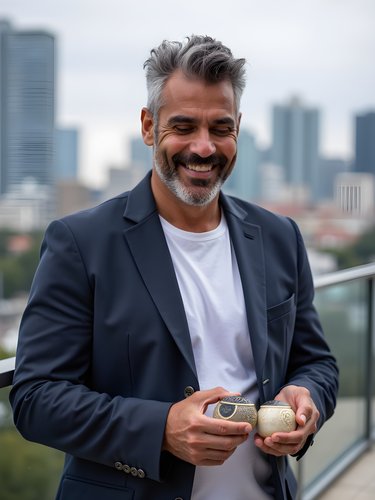

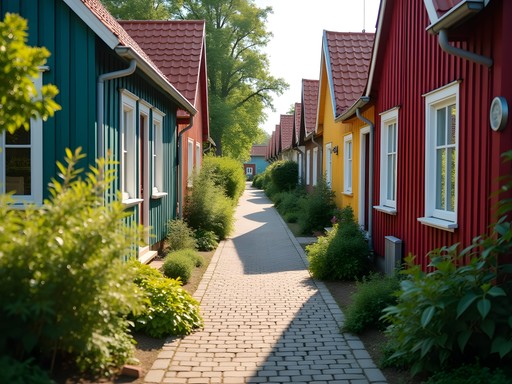
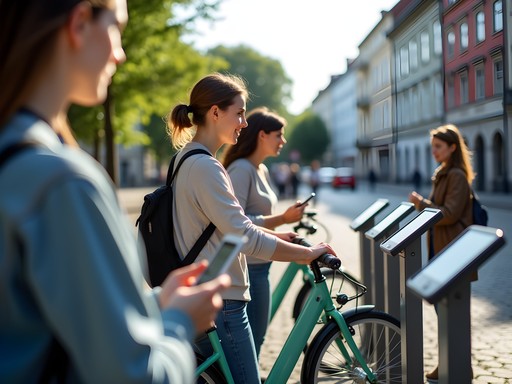

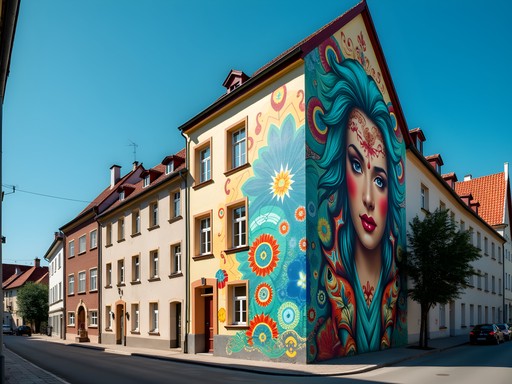










Comments
wanderblogger
Love this! Any recommendations for student-friendly cafes with good wifi? Going there to work remotely next month.
backpackway
Not the author but Werner Cafe near the university has amazing wifi and great coffee!
Jennifer Rodriguez
I'd second Werner Cafe, and also recommend Cafe Shakespeare in the old town. Great atmosphere and they don't mind if you camp out with your laptop for hours.
sunnytime
Just got back from Estonia last week and spent 3 days in Tartu after reading this post! The Soup District was exactly as charming as you described. We stumbled upon this tiny cafe called Herne that served the most amazing pumpkin soup and dark bread. Also loved how the whole city is so walkable - we never needed to use transportation except to get to the National Museum. One thing I'd add for anyone going - don't miss the street art around the train station area. There are some incredible murals that tell stories about Estonian history and folklore. The locals we met were super friendly and most students speak perfect English which made getting around easy. Thanks for putting Tartu on our radar, Dylan!
wanderblogger
How was the weather when you visited? Planning a trip for March!
sunnytime
It was chilly but manageable with layers! Definitely bring waterproof shoes - the cobblestone streets get slippery when wet.
Jennifer Rodriguez
Dylan, this is such a refreshing take on Tartu! I spent three weeks there last autumn during their Student Days festival and it was incredible how the entire city transforms. The Supilinn district you mentioned was my favorite discovery - those colorful wooden houses with their slightly tilted frames have so much character. I'd add that the Estonian National Museum is absolutely worth the trip outside the center. It's a masterpiece of modern architecture built on an old Soviet airfield, and the exhibition on Finno-Ugric cultures blew me away. For budget travelers, I found the public transportation system incredibly efficient and the Bussijaam (bus station) cafe has surprisingly good and affordable food!
backpackway
Thanks for the museum tip! Did you need to book tickets in advance?
Jennifer Rodriguez
No need to book ahead unless it's a special exhibition. Just show up and enjoy! I used my pocket translator for some of the Estonian-only descriptions, which was helpful.
backpackway
Tartu sounds amazing! Never even heard of it before but now it's on my list!
Jennifer Rodriguez
It's definitely underrated! I visited last year and was surprised by how vibrant the university area is.
travel_with_kids
Is Tartu kid-friendly? Planning a Baltic trip next summer with our 8 and 10 year olds.
Marco Suzuki
@travel_with_kids Absolutely! The AHHAA Science Center is perfect for kids - lots of hands-on exhibits. My niece and nephew loved it when we visited. The Toy Museum is also charming. And Estonian playgrounds are generally excellent!
Taylor Moreau
Excellent write-up on Tartu, Dylan. I've been traveling to Estonia quarterly for business since their e-Residency program launched, and Tartu has become my preferred base over Tallinn. The digital infrastructure is remarkable - I can work seamlessly from anywhere in the city. For business travelers, I highly recommend the co-working space at sTARTUp Hub near the city center - excellent facilities and networking opportunities with local tech entrepreneurs. The Estonian approach to digital society is fascinating to experience firsthand. One practical tip: if you're staying more than a few days, the smart city app gives you access to everything from parking to local events. Tartu strikes that perfect balance between being connected and maintaining its historical character.
EstonianAdventurer
As an Estonian, I'm so happy to see Tartu getting some love! One tip for anyone visiting: download the Tartu Smart Bike app before you arrive. The city's bike share system is super affordable and the perfect way to explore. The ride along Emajõgi river in the evening is magical. Also, if you're there during the academic year, try to catch one of the student events - even as a visitor, you'll get a taste of the unique university traditions that go back centuries. I used my pocket translator to chat with some of the older locals who shared amazing stories about Soviet-era Tartu.
globeperson
Thanks for the bike tip! Do they have docking stations all over the city?
EstonianAdventurer
@globeperson Yes! There are about 30 stations across the city, so you're never far from one. The app shows them all on a map. Super convenient!
beachrider3709
Those student cafes you mentioned are amazing! Spent way too many hours in Werner Café last week. Great wifi and crazy cheap prices!
greenphotographer
Do they have good vegetarian options there? Planning my trip for November.
beachrider3709
Yep! Lots of veggie options. The mushroom dishes are especially good since foraging is big in Estonia.
beachblogger
Heading to Estonia next month and thinking of adding Tartu to my itinerary. How many days would you recommend staying there? Is it easy to get around without knowing Estonian? And are there any good day trips from the city worth taking?
beachrider3709
Just got back from there! 2-3 days is perfect. English is widely spoken and the bus system is super easy to use with their digital ticketing.
Brandon Tucker
Agree with @beachrider3709 - 2-3 days is ideal. For day trips, check out the Estonian National Museum (technically in Tartu but outside the center) and Lake Peipus is worth the journey if you have a car. I used my travel guide which had some great off-the-beaten-path suggestions around Tartu.
beachblogger
Thanks both! This is super helpful. Adding those spots to my list!
globeperson
Love this! Never heard of Tartu before but now I want to go!
Venture X
Premium card with 2X miles, $300 travel credit, Priority Pass